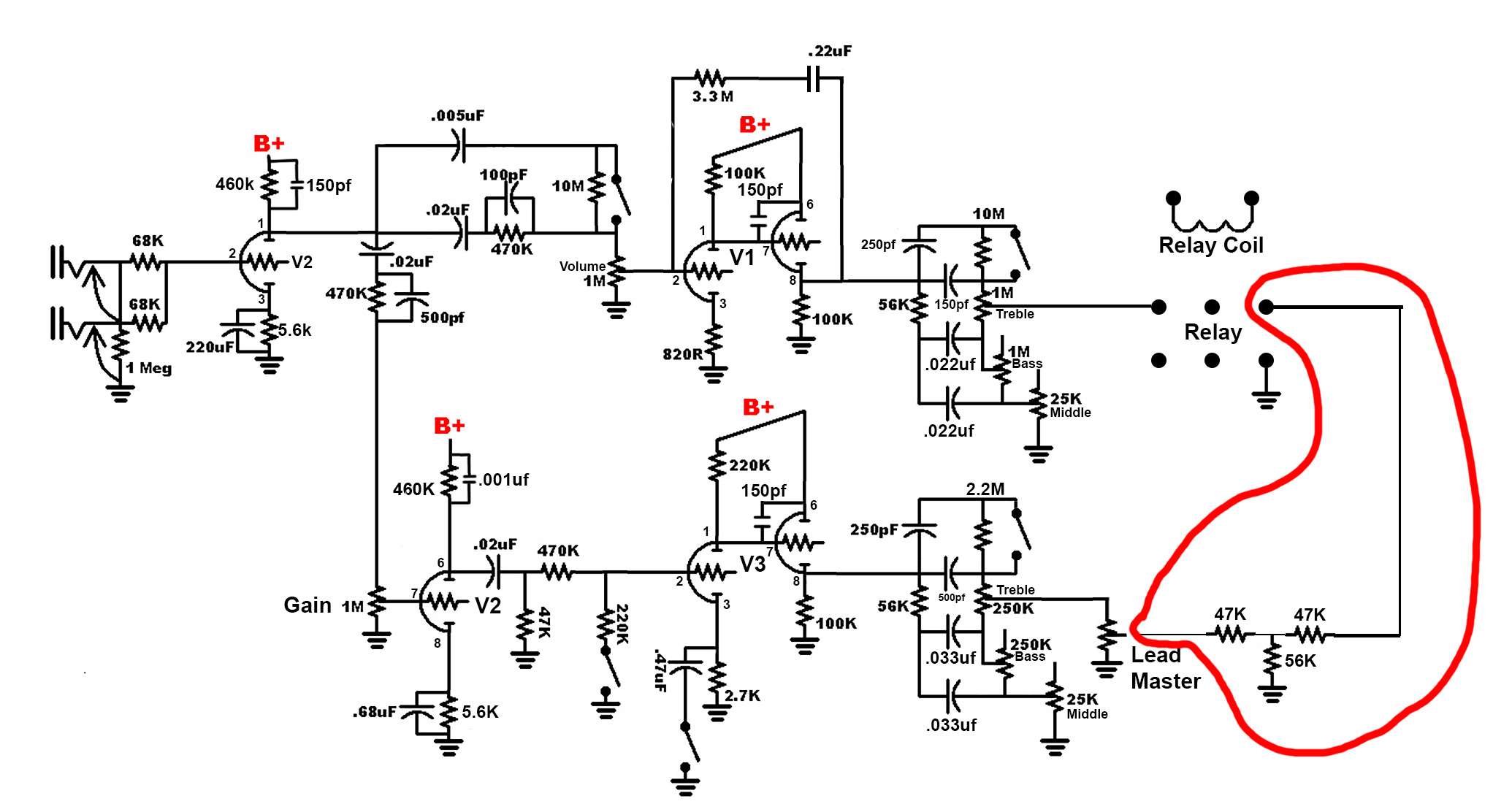Originally posted by Chuck H
View Post
Since I'm getting nothing at all out of the speakers now, and I was before the re-wire, I'm wondering if I might have somehow wired the wrong secondary wired from the Ot to the output jack when I removed the impedence selector. I'm pretty sure I checked it. I'm also pretty sure that oit would still make SOME kind of noise, regardless, but I'm basing that on nothing at all, really.
Anyways, I'll try to measure the grid pins tomorrow. It will still be in reference to ground, right? And still DC? I also don't have a guitar right now cus that's undergoing a restoration, but I wired a pickup directly to a jack for testing purposes if I gotta plug something into the amp




Comment